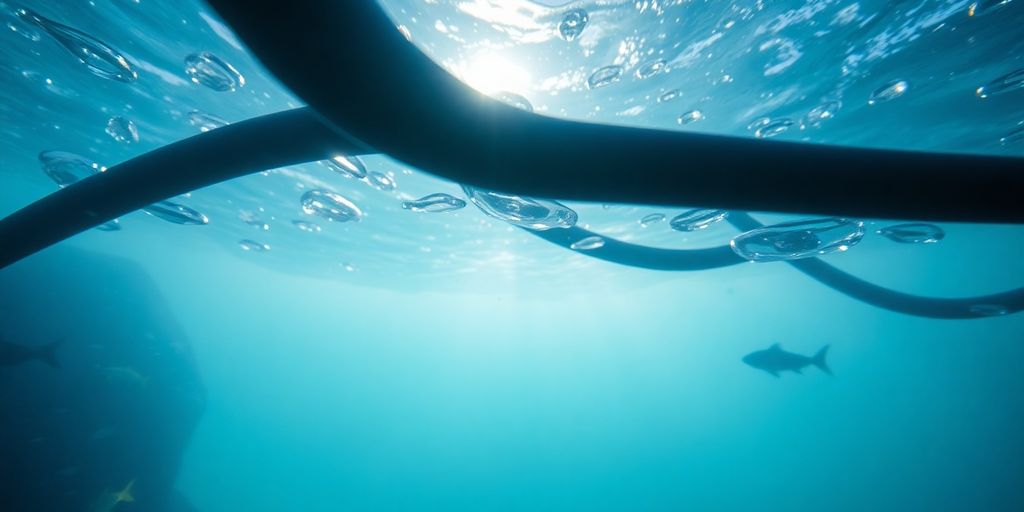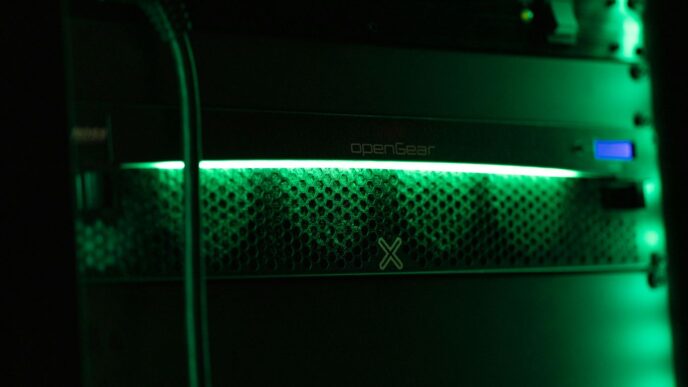In response to escalating tensions in the Baltic Sea, Northern European nations have taken significant steps to protect their underwater communication cables. Utilizing advanced artificial intelligence technology, the Joint Expeditionary Force (JEF) is enhancing surveillance of the region, particularly monitoring activities of the Russian fleet.
Key Takeaways
- The Joint Expeditionary Force (JEF) comprises ten Northern European countries.
- AI technology, specifically the tool "Nordic Warden," is being deployed to monitor suspicious maritime activities.
- The initiative aims to prevent sabotage and ensure the safety of critical underwater infrastructure.
- Joint patrols involving 20 warships were launched in autumn 2023 as a deterrent against potential threats.
Enhanced Protection Measures
The JEF, which includes countries such as the United Kingdom, Sweden, Finland, and the Baltic states, has implemented a series of measures to bolster the security of underwater cables. The British-developed AI tool, "Nordic Warden," plays a crucial role in this initiative. It collects and analyzes data from various sources to track the positions of potentially suspicious vessels in real time.
John Healey, the UK Defence Minister, emphasized the importance of this technology, stating, "Nordic Warden helps protect us from sabotage and extreme carelessness." The monitoring operations are coordinated from the JEF headquarters located in Northwood, near London. In the event of a detected threat, alerts are dispatched to JEF patrols and NATO allies.
International Cooperation
The Swedish government highlighted the significance of international collaboration in safeguarding the Baltic Sea. This marks the second time in history that JEF countries have enhanced their monitoring efforts in the region. The first joint patrols, which included 20 warships, were deployed in the autumn of 2023, sending a clear message of deterrence to Russia.
Rising Incidents and Risks
The need for effective monitoring has become increasingly urgent due to a rise in incidents involving damage to communication cables in the Baltic region. Vice Admiral Krzysztof Jaworski pointed out the ongoing threat to critical infrastructure, underscoring the necessity for international cooperation. The Polish Navy is actively involved in these protective measures, working alongside EU and NATO partners.
Recent incidents include damage to the C-Lion1 cable connecting Finland and Germany, as well as a cable operated by Telia Lietuva between Sweden and Lithuania. Investigations are currently underway to determine whether sabotage was involved in these cases.
Conclusion
As tensions continue to rise in the Baltic Sea, the deployment of AI technology and enhanced international cooperation represent crucial steps in safeguarding vital underwater infrastructure. The proactive measures taken by the Joint Expeditionary Force and its member nations reflect a commitment to ensuring the security of communication lines that are essential for regional stability and connectivity.














